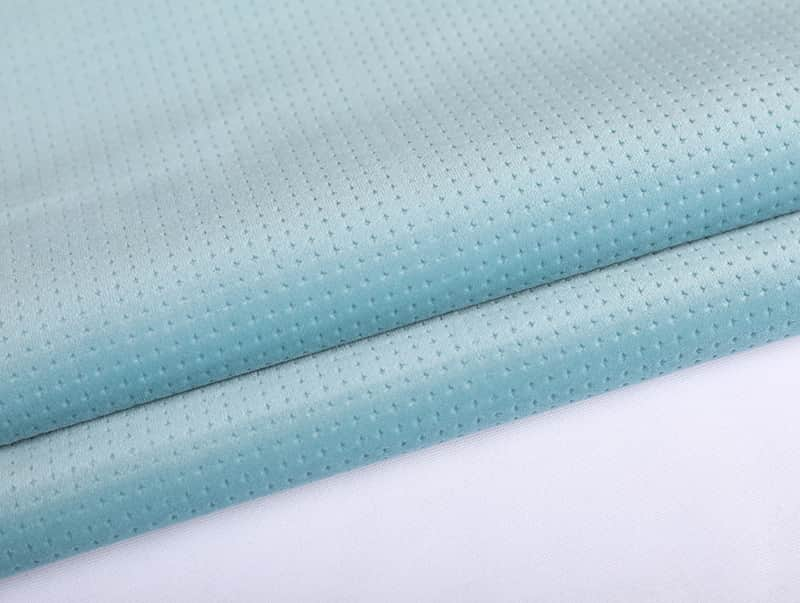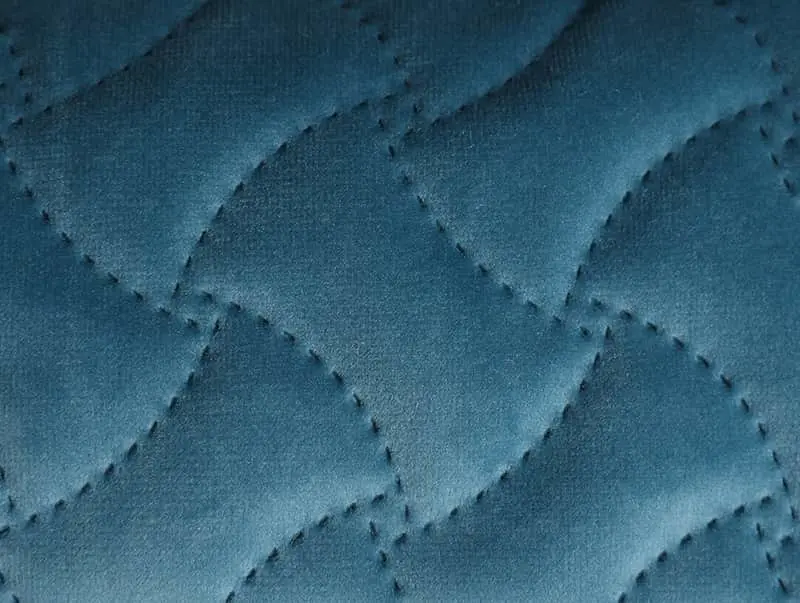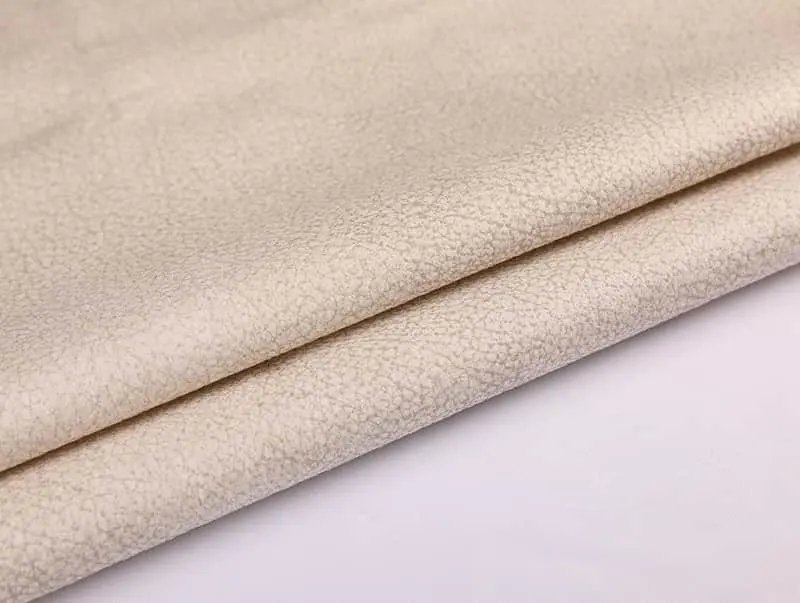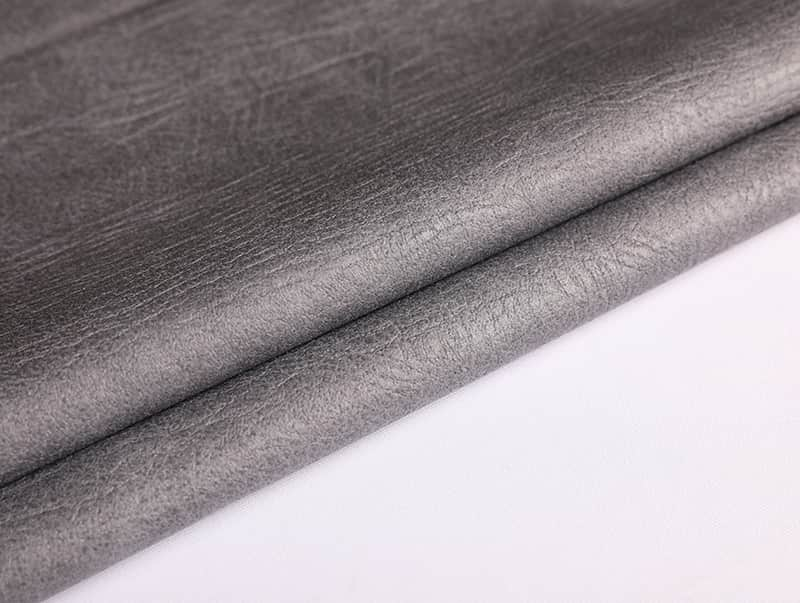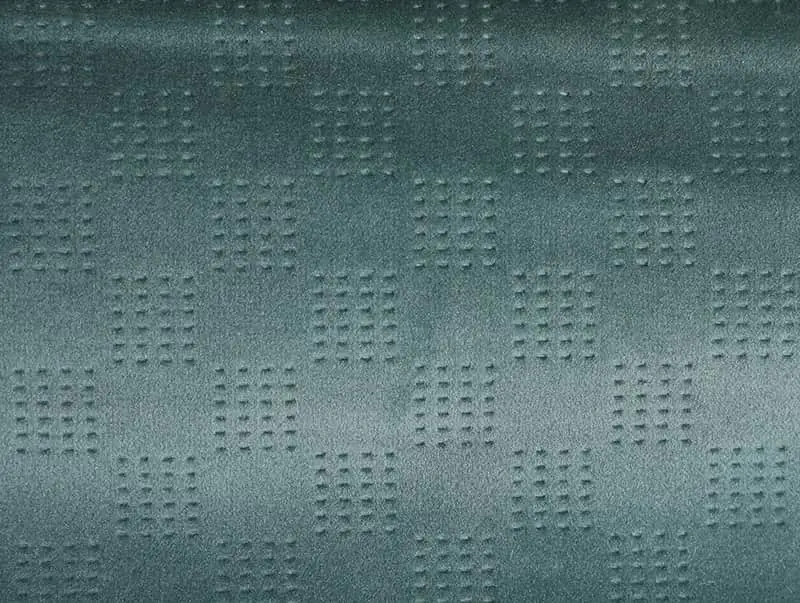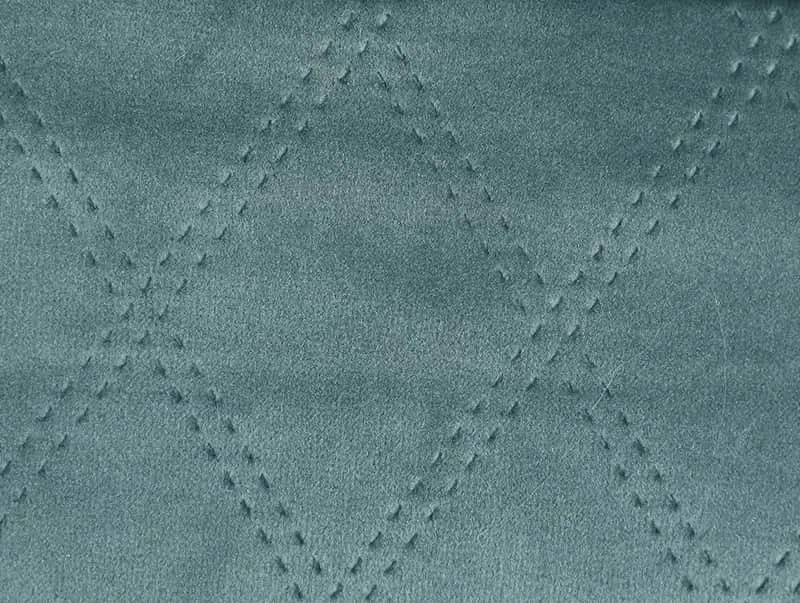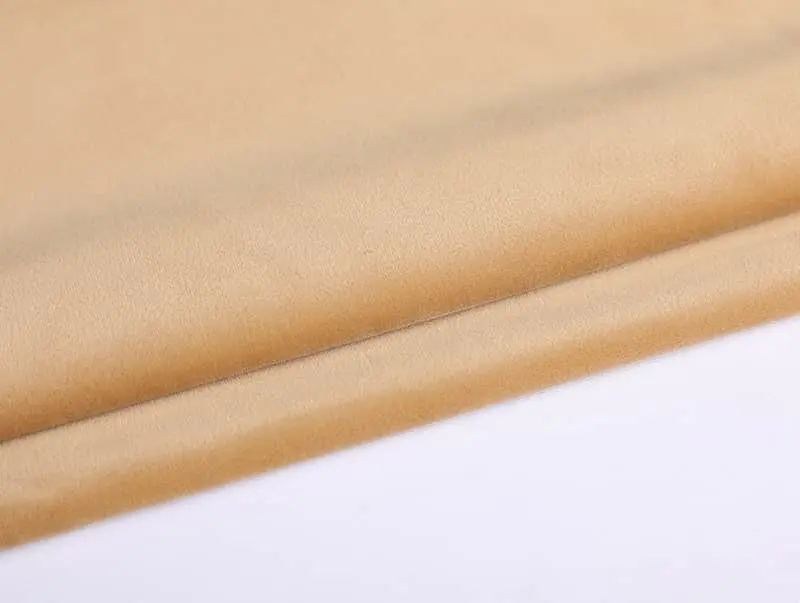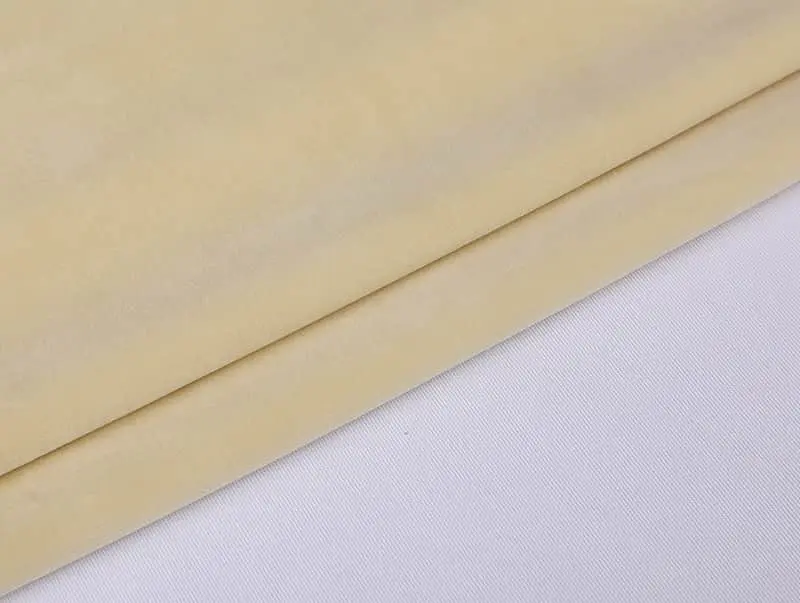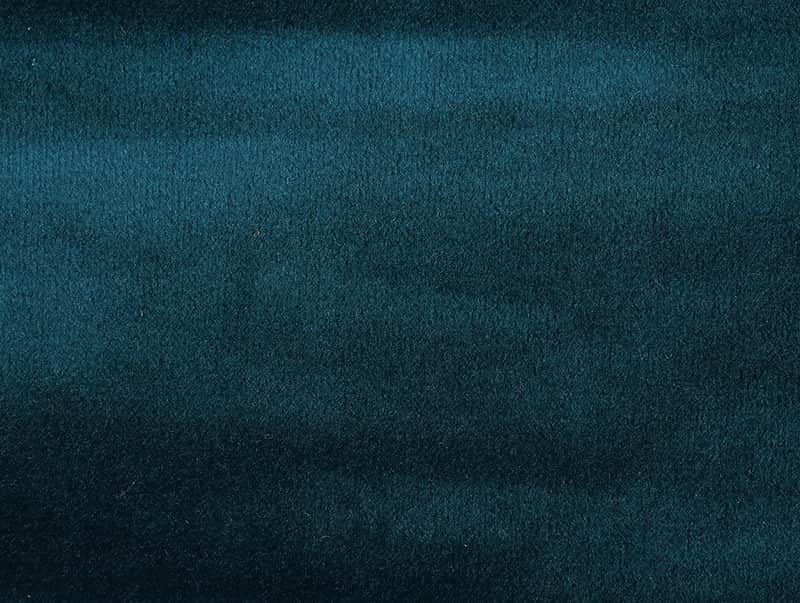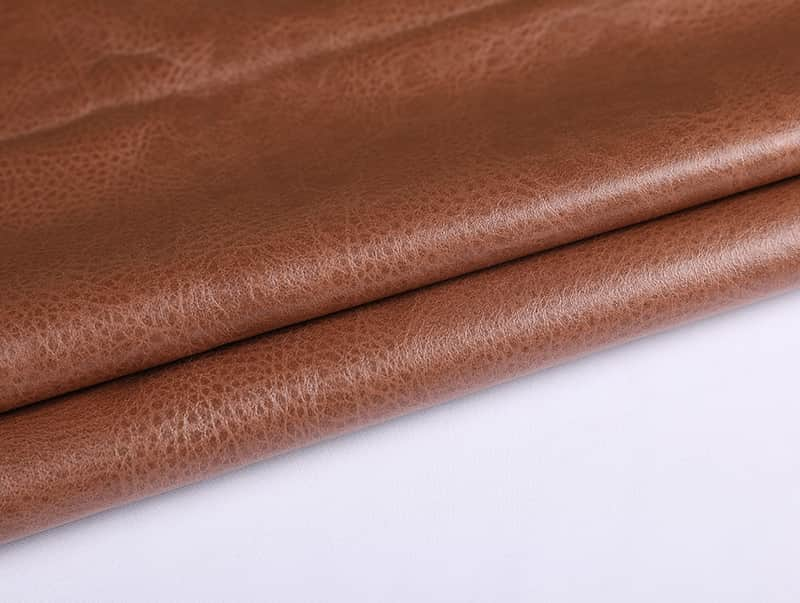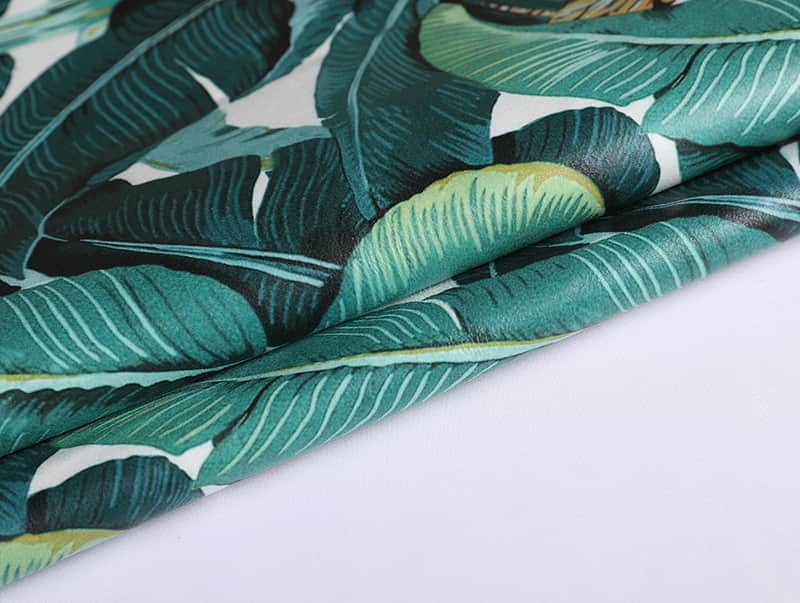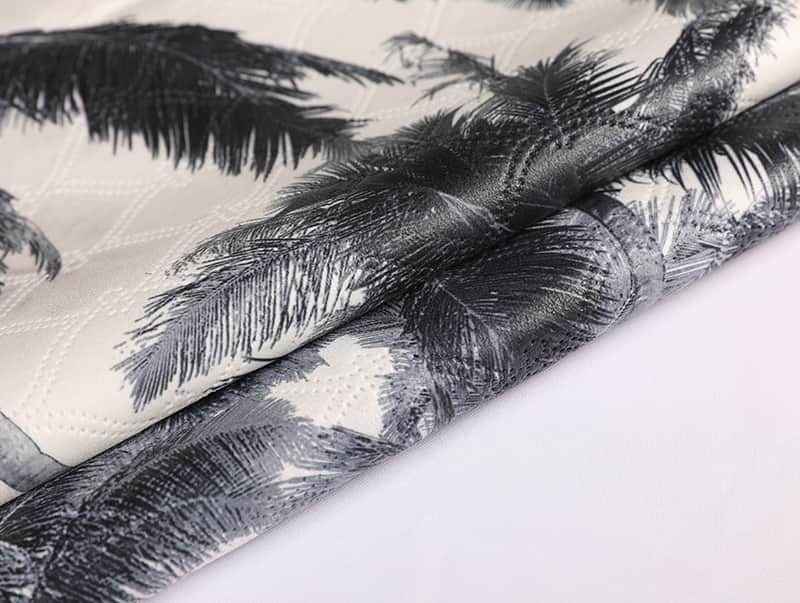Shrink-proof finishing
Fabrics with unstable dimensions (that is, with potential shrinkage) are delivered as finished products, and it is difficult to make garments with stable shapes (such as wrinkles at the seams, inaccurate flower shapes, poor forming effects, etc.), and the finishing effect during the wearing process Persistence is very poor. It is necessary to improve the shrinkage of fabrics through physical and chemical methods. Different fibers have different shrinkage of fabrics. Wool fabric not only shrinks severely at the time; but the subsequent shrinkage is also very prominent. The initial shrinkage of cotton fabric is larger, but the subsequent shrinkage is not high; the shrinkage of synthetic fiber fabrics is small. In addition, the shrinkage of the fabric is also related to the yarn, fabric structure and processing process.
Fabrics with unstable dimensions (that is, with potential shrinkage) are delivered as finished products, and it is difficult to make garments with stable shapes (such as wrinkles at the seams, inaccurate flower shapes, poor forming effects, etc.), and the finishing effect during the wearing process Persistence is very poor. It is necessary to improve the shrinkage of fabrics through physical and chemical methods. Different fibers have different shrinkage of fabrics. Wool fabric not only shrinks severely at the time; but the subsequent shrinkage is also very prominent. The initial shrinkage of cotton fabric is larger, but the subsequent shrinkage is not high; the shrinkage of synthetic fiber fabrics is small. In addition, the shrinkage of the fabric is also related to the yarn, fabric structure and processing process.
Shrinkage mechanism
① The shrinkage of fibers with "dry setting" deformation is caused by internal stress relaxation, but this is not the main reason.
② The anisotropic swelling effect increases the diameter of the yarn, and the stroke of the fiber winding axis in the yarn increases, causing the yarn to shrink, but only 2 to 3.5%, which is still not the main reason.
③ Anisotropic swelling effect changes the weaving and shrinkage of the fabric before and after wetting, which is the main cause of shrinkage. Shrinkage: The length of the yarn after weaving is shortened (that is, the difference between the length of the yarn and the length of the fabric accounts for the percentage of the length of the fabric). The above discussion is the shrinkage mechanism of cotton fabrics, and wool fabrics have similar phenomena.
① The shrinkage of fibers with "dry setting" deformation is caused by internal stress relaxation, but this is not the main reason.
② The anisotropic swelling effect increases the diameter of the yarn, and the stroke of the fiber winding axis in the yarn increases, causing the yarn to shrink, but only 2 to 3.5%, which is still not the main reason.
③ Anisotropic swelling effect changes the weaving and shrinkage of the fabric before and after wetting, which is the main cause of shrinkage. Shrinkage: The length of the yarn after weaving is shortened (that is, the difference between the length of the yarn and the length of the fabric accounts for the percentage of the length of the fabric). The above discussion is the shrinkage mechanism of cotton fabrics, and wool fabrics have similar phenomena.
Shrink-proof method
[Mechanical pre-shrinking]: It is an effective method to solve warp shrinkage
Principle: Increase the weft density and warp shrinkage of the fabric to a certain extent, so that the fabric has a loose structure. In fact, it is to make the latent shrinkage that originally existed in the fabric, before it becomes the finished product, to retract it in advance. The following types of equipment (pre-shrinking machine) are mainly used to achieve the purpose of pre-shrinking.
[Mechanical pre-shrinking]: It is an effective method to solve warp shrinkage
Principle: Increase the weft density and warp shrinkage of the fabric to a certain extent, so that the fabric has a loose structure. In fact, it is to make the latent shrinkage that originally existed in the fabric, before it becomes the finished product, to retract it in advance. The following types of equipment (pre-shrinking machine) are mainly used to achieve the purpose of pre-shrinking.
1. Over-feed pin tenter: The over-feed device is used to stretch the fabric in a relaxed state, and the fabric can be retracted in the warp direction during fixed-width drying, so as to achieve the purpose of improving the warp shrinkage.
2. Rubber blanket compression shrink-proof machine: When the rubber blanket passes between the guide roller and the pressure roller, it is thinned and stretched, and after leaving it, it shrinks and returns to its original shape, forcing the fabric to shrink simultaneously. It consists of a cloth feeding device, a wetting device, a short cloth clip stenter, a three-roll rubber blanket compression device and a blanket dryer. Features: The shrinkage rate can be reduced to less than 1%, and the equipment is simple in structure. Due to the pressure between the guide roller and the pressure roller, the fabric shrinks and sets more fully.
3. Blanket compression shrink-proof machine: When the thick blanket goes around the smaller-diameter cloth guide roller, the outer layer expands and returns to its original shape when it leaves, so that the fabric close to the extended surface of the blanket shrinks synchronously to eliminate potential shrinkage. the goal of. It consists of five parts: cloth feeding, wetting, whole width, shrinking cloth and drying setting (no tension). Features: The shrinkage rate can be reduced to less than 2%, the hand feels plump and soft, and it has good wearing performance.
chemical method
The fabric structure after pre-shrinking becomes loose and the weaving shrinkage is large. Although there is no shrinkage problem, it is easy to be elongated. Especially for viscose fabrics, chemical methods need to be used to achieve dimensional stability.
The basic principle of the chemical method: try to reduce the hydrophilicity of the fiber so that it cannot swell much in water, so that the fabric will not shrink seriously. It is mainly treated with resin initial shrinkage or crosslinking agent, that is, after the fabric is finished with anti-wrinkle, it has anti-shrinkage effect at the same time.
The fabric structure after pre-shrinking becomes loose and the weaving shrinkage is large. Although there is no shrinkage problem, it is easy to be elongated. Especially for viscose fabrics, chemical methods need to be used to achieve dimensional stability.
The basic principle of the chemical method: try to reduce the hydrophilicity of the fiber so that it cannot swell much in water, so that the fabric will not shrink seriously. It is mainly treated with resin initial shrinkage or crosslinking agent, that is, after the fabric is finished with anti-wrinkle, it has anti-shrinkage effect at the same time.
